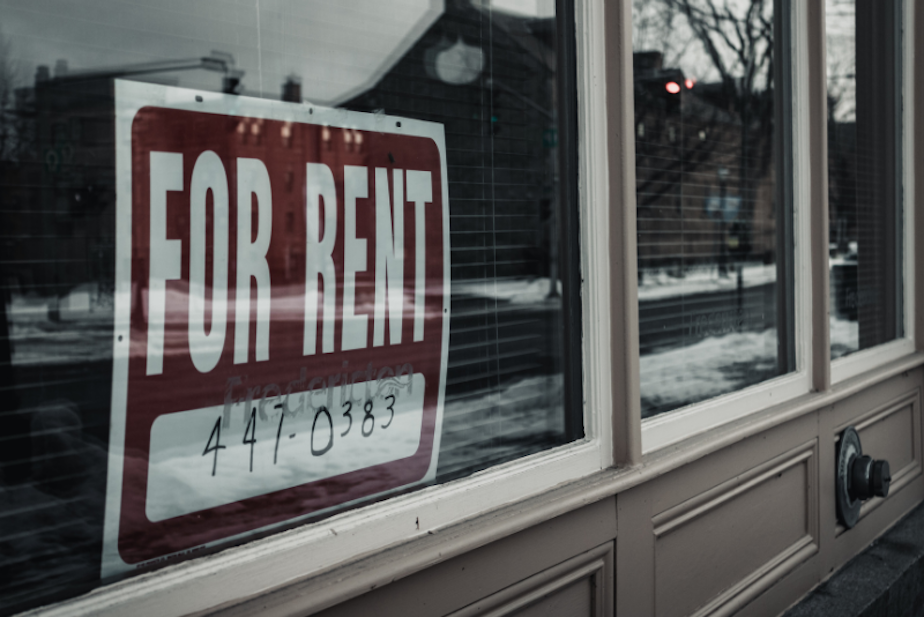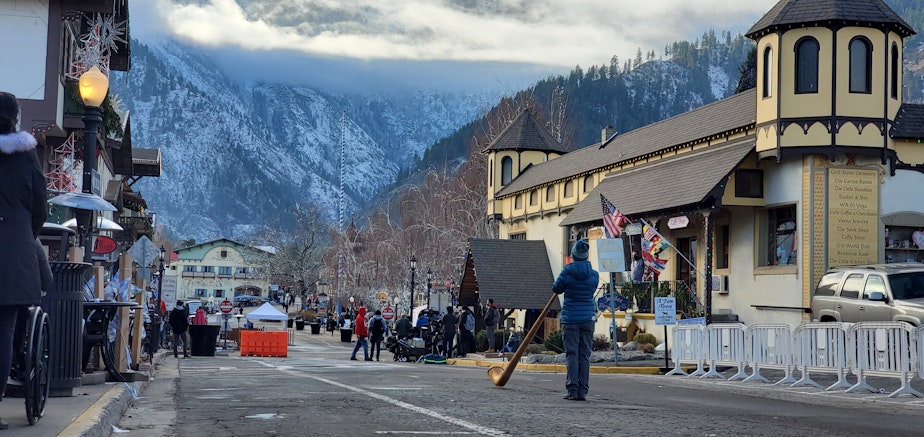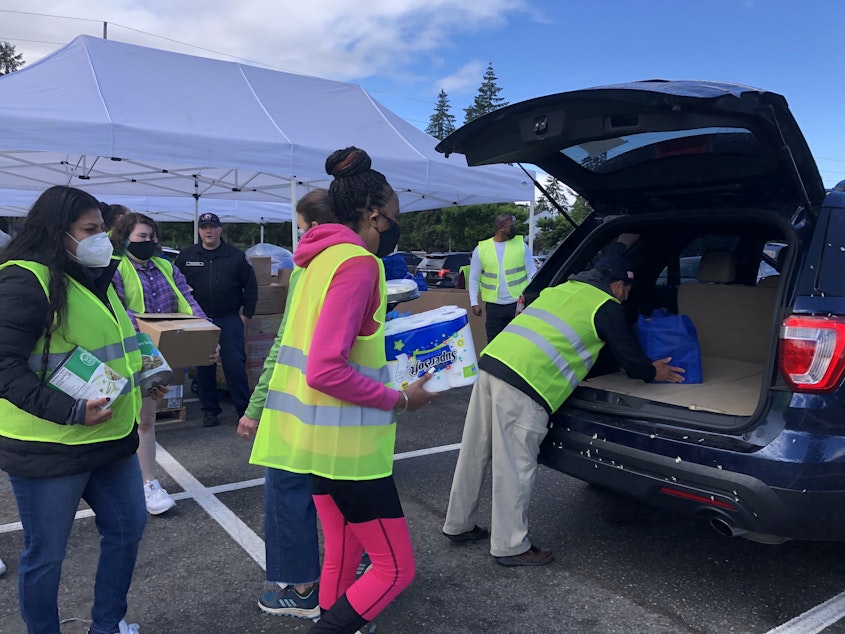Affordability issues don't just plague Seattle: Today So Far

A few years ago, I was sitting in my car, key in the ignition, and staring back at this church while having a debate with myself. At the time, I was a newspaper reporter living in, and covering, Bainbridge Island and North Kitsap. I was assigned to cover a charity event offering free clothes, haircuts, and a massive food bank. Such events are quite common in our region.
My interviews were done and I got my photos, fit for print. But I found it difficult to leave. Eventually, I walked back in. Because despite stepping into the scene as a reporter, I, too, needed food.
This post originally appeared in KUOW's January 18, 2022 Today So Far newsletter.
That memory sprung up as I read about Leavenworth’s current dilemma. From the outside looking in, it's a lovely tourist town for us all to enjoy. But real estate prices have shot up, and in turn, the costs of living have risen beyond affordable for many locals. KUOW’s Soundside reports that 80% of Leavenworth’s workers don’t live locally as employers/employees struggle to keep up.

This phenomenon might sound familiar to folks around Seattle, where middle class employees are being pushed out; where a person needs to earn $76,000 to live (at least that was the figure a few years ago). But clearly, the affordability issue, years in the making, is not exclusive to Seattle. It stretches out, spanning teachers, nurses, grocery workers, and other corners that your daily life depends on. And such issues have only grown amid the pandemic.
The affordability issue is not isolated to Seattle where home prices have risen 12% over the past year alone, according to Zillow's latest data. Or Leavenworth where typical home prices have risen 29% over the past year.
Sponsored
Not far from Leavenworth, Cle Elum's zip code has seen the typical home price shoot up by 41% over the past year. And over in Bainbridge Island and North Kitsap County, home values are up 25% and 22% respectively.
RELATED: Washington state could require cities to allow more multi-family housing options
I debated including my own story here because, big picture, I’m lucky. I've had tough times, but I've also had backup, usually in the form of family and friends. Not everyone has that. And "affordability" can be a relative term. But I also suspect I'm not the only one with a story like that. The truth is that our region has problems like rising food insecurity coming from various corners — our neighborhood kids to our military families.

All the reasons you love living in your community — they don't happen without the people behind them, making coffee, teaching kids, making brunch at that hip, new hotspot, and holding up a unique tourist town (and even producing valuable local news). If we appreciate them, maybe we should also consider what it takes to live in our communities.

